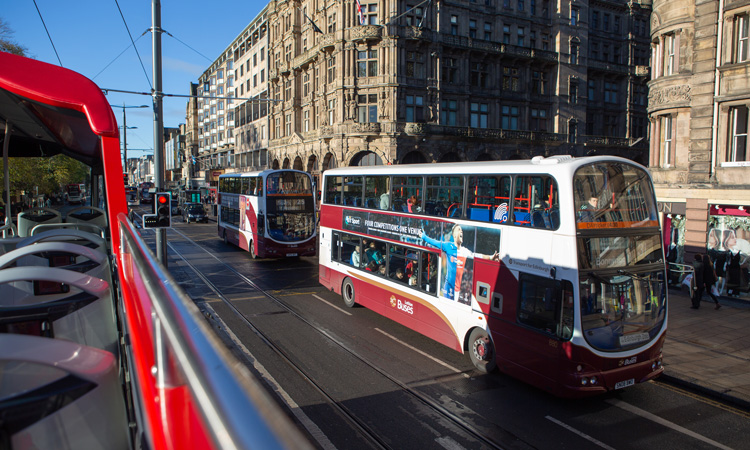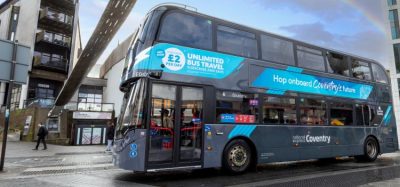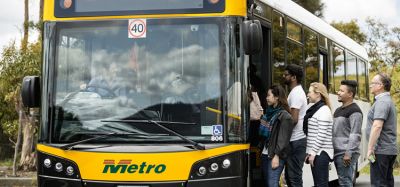Transport Scotland statistics show a decline in ridership before pandemic
- Like
- Digg
- Del
- Tumblr
- VKontakte
- Buffer
- Love This
- Odnoklassniki
- Meneame
- Blogger
- Amazon
- Yahoo Mail
- Gmail
- AOL
- Newsvine
- HackerNews
- Evernote
- MySpace
- Mail.ru
- Viadeo
- Line
- Comments
- Yummly
- SMS
- Viber
- Telegram
- Subscribe
- Skype
- Facebook Messenger
- Kakao
- LiveJournal
- Yammer
- Edgar
- Fintel
- Mix
- Instapaper
- Copy Link
Posted: 24 February 2021 | Joshua Minchin - Intelligent Transport | No comments yet
Statistics from Transport Scotland have revealed a decline in the number of journeys being made on some modes even before the pandemic hit.


Transport journeys are down in Scotland according to new statistics
The Scottish Transport statistics publication released today shows that the number of journeys being made by public transport in Scotland fell from 517 million in 2018 to 502 million in 2019.
The statistics show that there were 366 million bus journeys in 2019, accounting for 73 per cent of all public transport journeys. Bus journeys fell by three per cent between 2018 and 2019 and are down 12 per cent over the past 5 years. In addition, bus passengers experienced a 9 per cent increase in fare prices (over and above general inflation) between 2015 and 2019.
In comparison, there were 96.4 million passenger journeys on ScotRail services in 2019/20, an increase of four per cent compared with 5 years ago, but 1.4 per cent less than 2018/19. Rail passenger numbers are reported on the basis of financial years, so the fall in 2019/20 may be explained by the impact of the pandemic on travel demand at the end of that financial year.
Over the same period, motor traffic has continued to increase. The number of motor vehicles registered in Scotland (3.0 million) is at an all-time high and the distance driven by motor vehicles on roads increased by 8% over the past five years to reach 48.7 billion vehicle kilometres in 2019.
There were 10.4 million passengers on ferry services in 2019, with 8.7 million passengers on routes entirely within Scotland. Ferry passenger numbers have increased by eight per cent over the past 5 years.
This might make concerning reading for authorities in Scotland, as the country looks to start unlocking in the coming months. The fact that journey numbers were decreasing on some modes even before the disruption brought about by COVID-19 hit perhaps indicates that a swift return to busy services might not be a foregone conclusion in Scotland.
“Looking back at 2019 travel trends, I’m pleased to see more than two thirds of passengers reporting that they are very or fairly satisfied with public transport services – the first rise in five years, and a reflection of our record investment in public transport,” said Cabinet Secretary for Transport, Infrastructure and Connectivity Michael Matheson.
“These statistics are not reflective of the significant changes made in how we travel as a consequence of the COVID-19 pandemic. There have been mass shifts to home working, reductions in commuter journeys and some notable increases in cycling. Across a wide range of areas, we’re working to lock-in some of the positive changes as part of Scotland’s green recovery.
“This said, I recognise that we’ve still got some way to go in transitioning away from private vehicles and towards more sustainable public transport. This is why we’ve committed through our updated Climate Change Plan to reduce car kilometres travelled by 20% by 2030 – helping to put us on the road to net zero emissions by 2045.
“To support this, we’ve committed to long term investment of over £500 million in bus priority infrastructure, coupled with an further package of over £500 million to support active travel infrastructure and behavioural change projects over the next five years.
“The Scottish Government is working to provide a sustainable, inclusive, safe and accessible transport system, helping deliver a healthier, fairer and more prosperous Scotland for communities, businesses and visitors. Looking to the future, our second National Transport Strategy sets out a compelling vision for our transport system that seeks to protect our climate and improve lives over the next twenty years.”
As has been seen in Sydney, convincing passengers to get back on buses and trains after restrictions have loosened has not been a simple task. Time will tell whether Scotland’s residents return to buses and trains in similar, or greater numbers, than before the pandemic.
Related topics
COVID-19, Public Transport, Transport Governance & Policy
Related modes
Bus & Coach, Ferry, Light Rail
Related cities
Scotland
Related organisations
Transport Scotland







